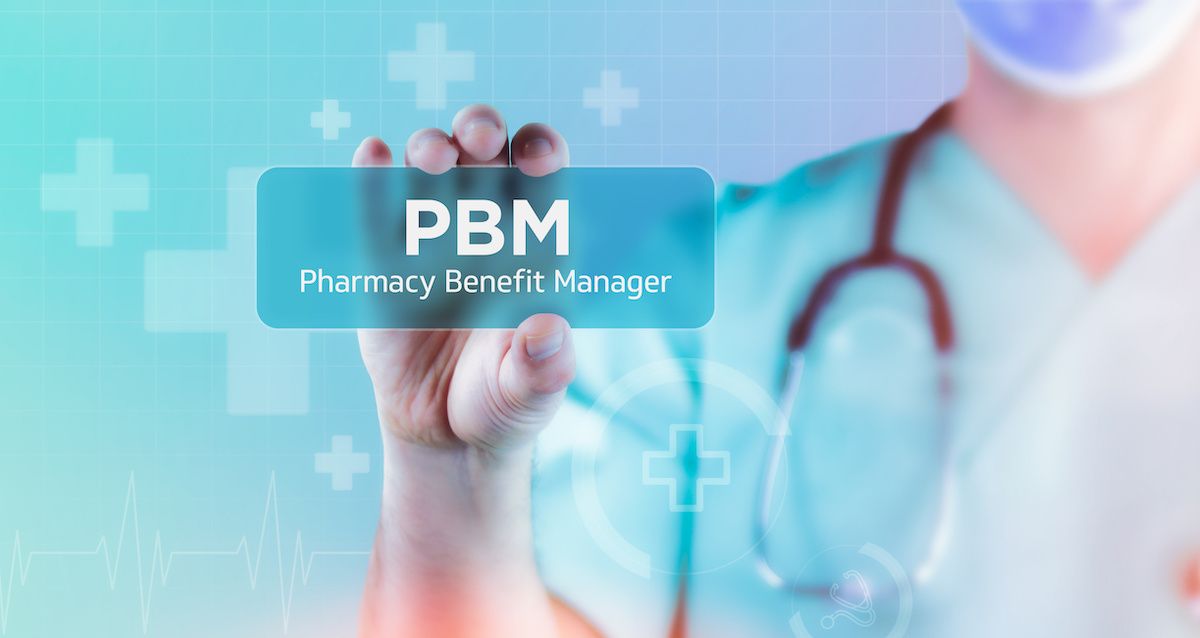Article
Defining Value in Cancer Care Treatment
Author(s):
The roundtable discussion on the second day of the National Comprehensive Cancer Network 20th Annual Conference spent a long time defining value in cancer care and how it can be incorporated into healthcare decision making.
The roundtable discussion on the second day of the National Comprehensive Cancer Network (NCCN) 20th Annual Conference spent a long time defining value in cancer care and how it can be incorporated into healthcare decision making.
Although the first day of the conference was spent touting the benefits and impact of the NCCN guidelines, the panelists on the “Value-Based Decision-Making at the Bedside” roundtable highlighted the downfall of the guidelines in not getting explicit about value.
Stephen B. Edge, MD, from Baptist Cancer Center, explained that 80% of patients are treated in concordance with the guidelines, while 20% fall outside of them. And Peter Bach, MD, from Memorial Sloan Kettering Cancer Center, is cautious about using the guidelines since they are created from practice medicine and put into the guidelines as opposed to being created from evidence and randomized trials.
Linda House, RN, BSN, MSM, president of the Cancer Support Community, expressed her concern with the guidelines. While 60% of patients her organization surveyed said they were aware of guidelines, more than 50% said they did not feel prepared to make their own treatment decisions.
“Despite the fact that high numbers say they have received information about their diagnosis and they’ve received information about potential treatments, [patients] don’t really have that level of time and understanding to make an educated decision,” she said. “Yet, they’re the ones who are living with the long-term effects of it.”
Jennifer Malin, MD, with Anthem and a practicing oncologist, said that she doesn’t expect patients to download guidelines and be able to make their own treatment decisions. Instead, the guidelines should be used by clinicians at the bedside to help patients make decisions.
However, Dr Edge explained that while patients can understand their options when clinicians take the time to discuss them, the pressures on physicians prevent that from happening.
Further exacerbating the issue is that clinicians cannot explain cost at the bedside. In fact, physicians are largely ignorant about costs, explained James L. Mohler, MD, with the Roswell Park Cancer Institute, adding that he actually doesn’t feel qualified to talk to patients about cost. He wasn’t alone among the panel in feeling that discussing costs can be difficult.
Dr Edge agreed that finding out the cost can be difficult because of the myriad of drug products available on different insurance plans.
"You hate to tell someone that it's going to cost $500 and then it turns out it's going to cost $2500," he said.
These costs in cancer care have long-term effects. Ms House said that the Cancer Support Community has found that more than 30% of patients are bankrupting their family to pay for their cancer care, which leaves them with large amounts of guilt for doing so.
Dr Bach expressed his disbelief that the healthcare industry cannot figure out how much patients are going to pay out-of-pocket, but companies like Uber can track its cars and let consumers know when to expect them. And yet, a pharmacist can find out how much a patient owes for a prescription in a minute or less.
“And for some reason, we don’t have [out-of-pocket cost information] at the point of care and I don’t understand why that is,” he said.





